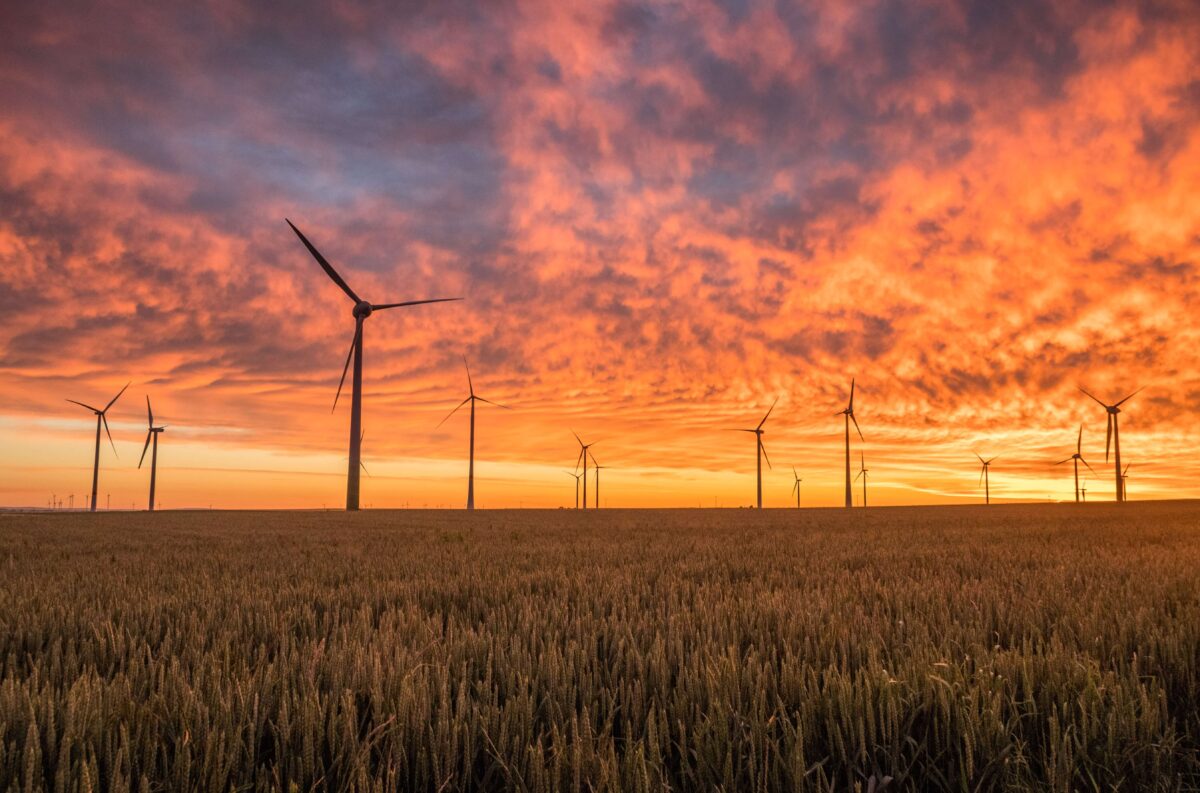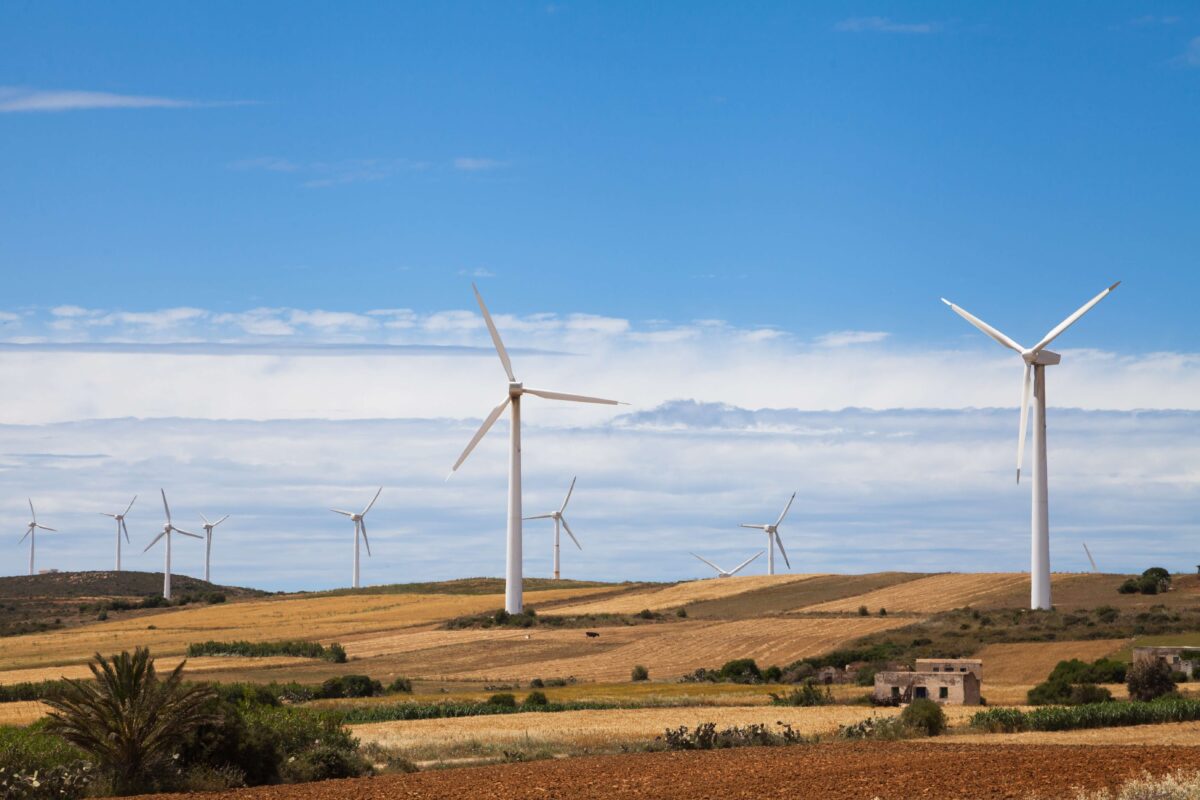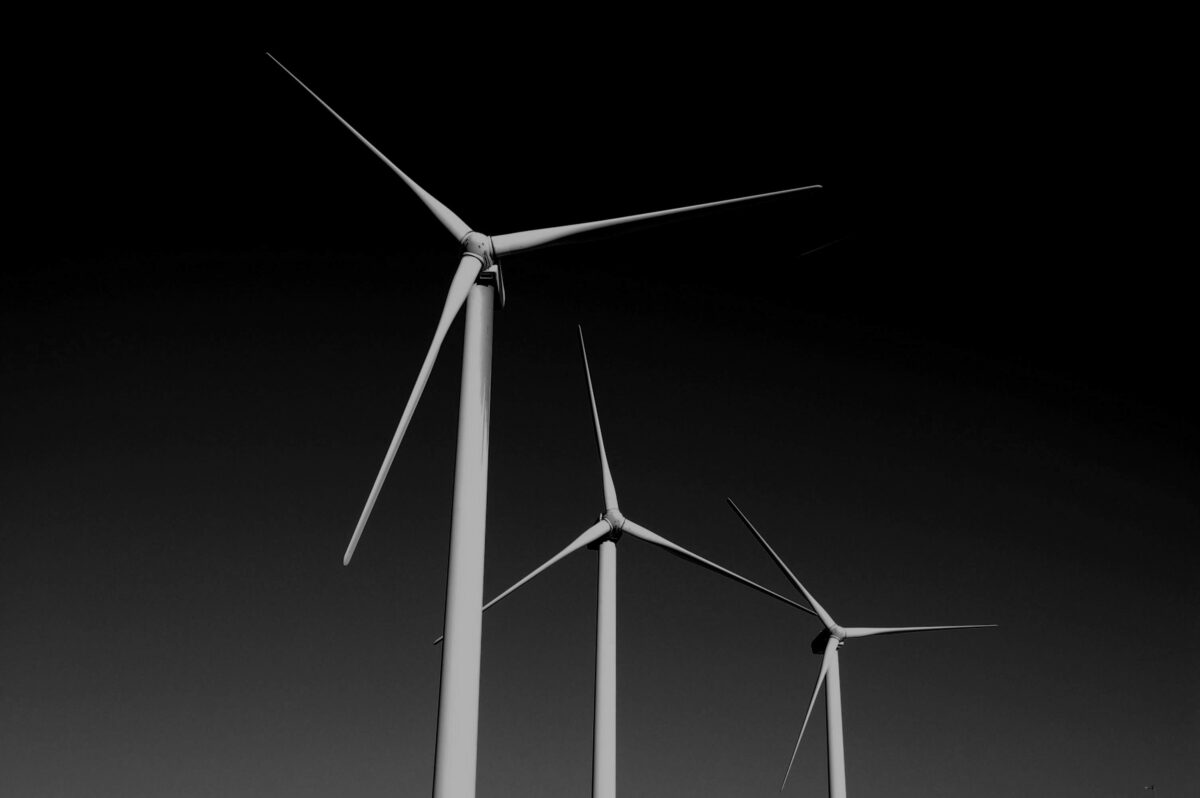New report finds access to clean and affordable energy is at the heart of two-thirds of the SDGs
A recent study from University College London and Stockholm’s KTH Royal Institute of Technology published in Nature Energy has found that access to clean and affordable energy is at the heart of two-thirds of the UN Sustainable Development Goals (SDGs). The study identifies 113 targets requiring actions to change energy systems and evidence of relationships between 143 targets and efforts to achieve SDG7: “Affordable and Clean Energy”. Also released last week, a report by the UN Conference on Trade and Development says access to electricity is essential for breaking the cycle of poverty in the world’s least developed countries, as more than 40% of businesses in the countries covered by the report suffer from inadequate, unreliable, and unaffordable power.
The UK government published its new industrial strategy this week, setting clean growth as one of the strategy’s four grand challenges along with artificial intelligence, the future of mobility, and the ageing of society. The strategy acknowledges the need to remodel the national electricity grid and embrace new technologies to enable ‘world-leading’ smart energy systems, which will enable more renewable generation, energy storage, and peak demand management. The new strategy was released after the Chancellor presented his Budget to Parliament last week, which included a decision from the Treasury to end subsidies for clean power projects until 2025 at the earliest.
The UK’s ongoing boom in renewables has weakened the case for fracking in Britain, according to a Conservative MP responsible for the party’s energy policy. The MP said the rationale for exploiting shale gas had been undercut by the growth in wind and solar power and by new technologies that can reduce big energy users’ demand at peak times. The mounting opposition to fracking was emboldened this week when London Mayor Sadiq Khan moved to effectively ban fracking in London with new advice for local councils to refuse any applications for exploration or extraction of shale gas.
The World Bank announced last week that it will provide the Government of India with US$100 million to help in the development of large-scale solar parks to support India’s power generation capacity through renewable energy sources. The first two solar parks that will receive support are in Madhya Pradesh and have expected installed capacities of 750MW and 250MW. India has been ramping up its solar capacity this year, surpassing its total installations in 2016 with 4.8GW of new capacity installed in just the first half of 2017.
According to the Costa Rican Institute of Electricity (ICE), Costa Rica has hit another clean energy milestone after running for 300 days on 100% renewable power. This record beats Costa Rica’s 2015 mark of 299 days and its 2016 mark of 271 days using only renewable energy production. This year, around 78% of its electricity has come from hydropower, 10% from wind, 10% from geothermal, and the remainder from biomass and solar. Costa Rica has a goal of becoming carbon neutral by 2021.
The two largest off-grid pay-as-you-go solar companies in Pakistan, EcoEnergy and Brighterlite, have merged after EcoEnergy acquired Brighterlite following investment by BBOXX. Currently, 65 million people in Pakistan live off grid, and it is hoped the deal will allow EcoEnergy to speed up the roll out of reliable energy services to rural communities.
The company behind a neighbourhood energy trading scheme in New York, which uses blockchain technology to track energy flows between neighbours, plans to set up more proof-of-concept systems in Europe and Australia, as well as on the West Coast of the US. Blockchain establishes a shared database between all parties within the local energy system, tracking energy transactions in real time. LO3, the company behind the projects, will set up a new German microgrid in the town of Landau, which has 130 residences and 19 businesses. Other expansion plans include a project in Sacramento, California, and one in South Australia that aims to be up and running in the next six months.
Blockchain is most well-known for underpinning the trading of cryptocurrencies such as Bitcoin, and while its potential for supporting peer-to-peer energy systems excites many, it is also related to a separate energy challenge that is now coming to light. According to Digiconomist, the estimated power use of the bitcoin network is 30.14TWh per year and exceeds the total electricity demand of 19 European countries including Ireland. At those levels of consumption, each individual bitcoin transaction uses almost 300kWh of electricity. Compare this to the power consumption of other payment networks, such as Visa, which runs a data centre in the US that consumes only 2% of the power required by bitcoin. Two of Visa’s US data centres conduct around 200 million transactions a day while the bitcoin network handles fewer than 350,000.
A pilot project in Germany has shown the viability of dual land use after a year-long study which utilised bifacial solar modules to allow enough sunlight to reach crops below. The loss in crop yield of clover grass was only 5.3% under the 5m high 194kW array. The power produced from the solar matched well with the daily farm load, achieving 40% self-consumption with surplus energy during the summer months being fed into the grid.
Germany’s clean energy sector received additional good news last week as its latest auction results confirm that wind energy costs continue to fall sharply. Germany’s grid regulator announced it had awarded over 1GW of contracts in an auction that was significantly oversubscribed and resulted in a 10% fall on the prices established by the most recent previous auction. The average award price was around 3.8 cents/kWh.
Construction of new hydropower projects across the Balkans have increased by 300% in the last two years. According to research by Fluvius, a consultancy for UN and EU-backed projects, 2,796 new hydropower plants are in the planning phase with over 1,000 already under construction or already operating. Of the projects under construction, 91% are below 10MW, which means no environmental impact assessment is required, which has raised concerns around the projects’ environmental impacts.
Electric vehicles
Authors of two contradictory studies on Vehicle-to-grid (V2G) technologies have worked together to give recommendations on how to improve the system to make it economically viable. While both authors highlight the benefits of V2G, which makes it possible to transfer energy back to the grid when an EV is not being used and help regulate the frequency of electricity supply, the authors disagreed on the effects of V2G on battery life, with one claiming it degrades car batteries and the author claiming it improves battery life. The collaborative paper, published in Energy Policy, suggests that to be economically viable, V2G has to be optimised between the requirements of the car owner, the utilities, and the capabilities of the grid.
EVs could provide as much as 11GW of grid flexibility by 2030 in the UK, according to new analysis by Open Energi. Using forecasts from National Grid’s Future Energy Scenarios and considering there will be an estimated 30 million EVs on the road by 2030, Open Energi’s analysis predicts that this capacity could offer up to 3GW of turn-up flexibility and 8GW of turn-down flexibility throughout the day.
Also revealed in its 2017 budget, the UK Government announced a new round of funding to support R&D for electric and autonomous vehicles with £400 million of new investment in vehicle charging infrastructure. The government will invest £200 million in the new ‘Charging Investment Infrastructure Fund’ while the rest will be matched by private investment. The chancellor also confirmed that the government intends to clarify the law preventing anyone charging their EV at work from facing a benefit-in-kind charge from next year.
Shell, the world’s second largest oil company, has agreed to work with IONITY, a group of carmakers including BMW, Ford and Volkswagen, to provide EV charging stations in ten European nations. There will be charging stations at 80 of Shell’s highway fuel stations, with an average of six posts at each. Shell has set a target that 20% of profit margins from fuel sold in its forecourts will come from non-petrol and diesel vehicles by 2025.
Energy storage
A new report from Bloomberg New Energy Finance (BNEF) claims the energy storage market will ‘double six times’ between 2016 and 2030, reaching 125GW/305GWh, a pace similar to the expansion seen in the solar industry between 2000 and 2015. Eight countries will account for 70% of installed capacity: USA, China, Japan, India, German, UK, Australia and South Korea, with US$103 billion expected to be invested.
Researchers at MIT have developed a new heat storage technology based on phase change materials. The common issue with heat storage is the challenge of slowing down and controlling phase change transitions, such as adding heat to storage materials like water, liquid metals, and molten salts. The new system uses molecular switches that change shape in response to light. When integrated with a phase change material, the phase-change temperature can be adjusted. The research, published in Nature Communications, could have applications in waste heat management, cooking, and space heating.
Tesla has completed construction of a 129MWh energy storage facility in South Australia, now the world’s largest Li-ion battery installation. The installation at Hornsdale wind farm was completed well within the 100-day deadline of turning the battery packs on that Elon Musk set and promised to meet or else Tesla would give the battery to the Australian state for free. This promising news from Tesla was met with new research out this week that claims Tesla’s electric semi-truck will require the same energy as up to 4,000 homes to recharge. Based on Tesla’s claims that a new ‘megacharger’ could provide the trucks with 400 miles of charge in as little as 30 minutes, Aurora Energy Research calculated that the power required to fill such a battery in that amount of time would be 1,600 kilowatts. Musk has previously said the megachargers would be solar-powered, but the company has not confirmed whether they will also have a grid connection as well.
Centrica wants to install up to 100 residential energy storage batteries in homes in Cornwall, south-west England, alongside new solar installations as part of its local energy market programme. The goal of the project is to demonstrate a smart energy system to harness renewables and free up capacity on the local grid. This announcement came a week before Centrica suffered its worst single-day stock market loss last week after issuing a profit warning because of problems at its North American business and the loss of hundreds of thousands of customers in the UK.




